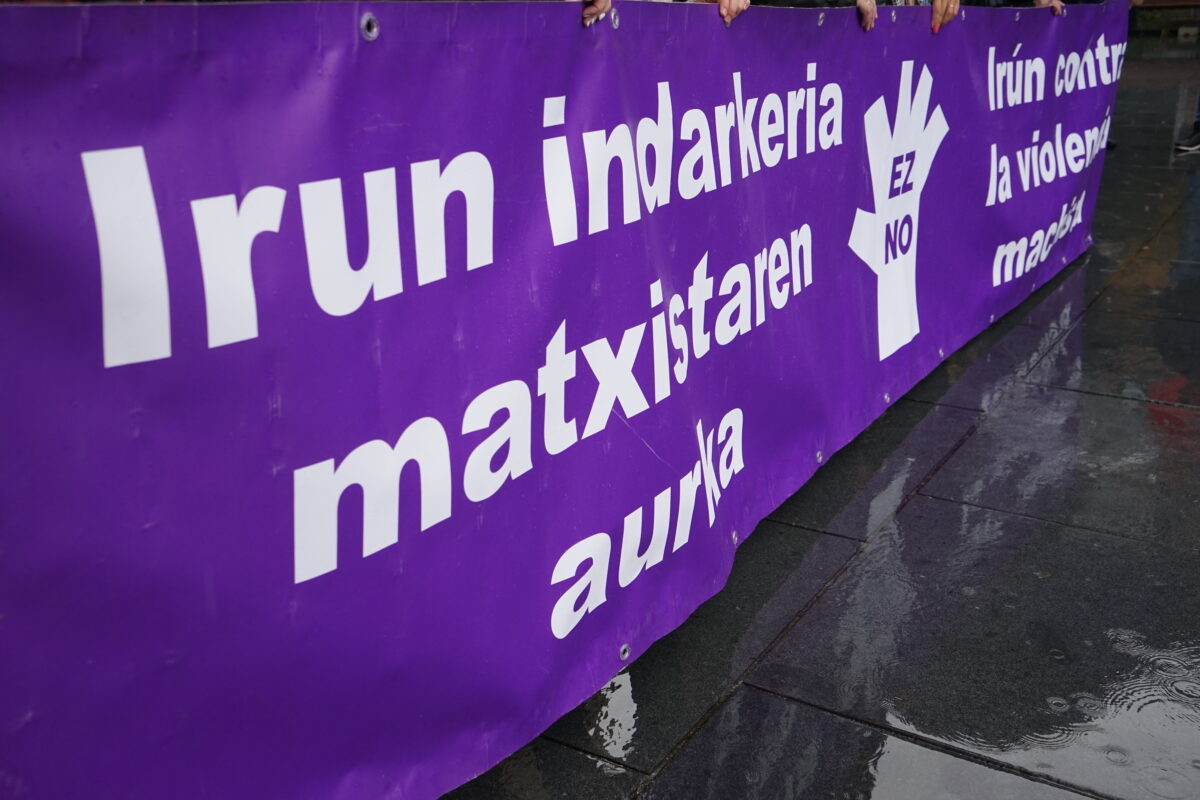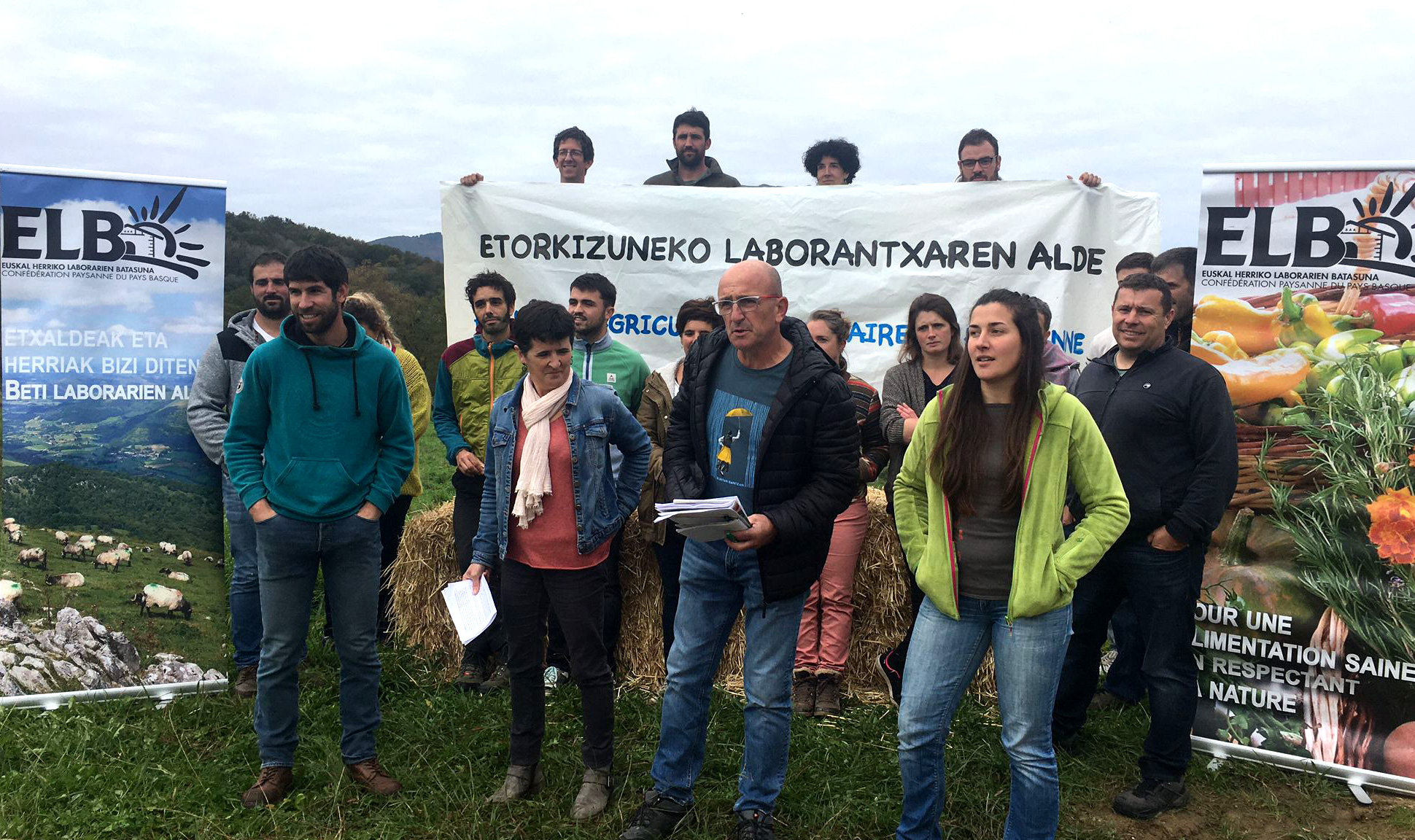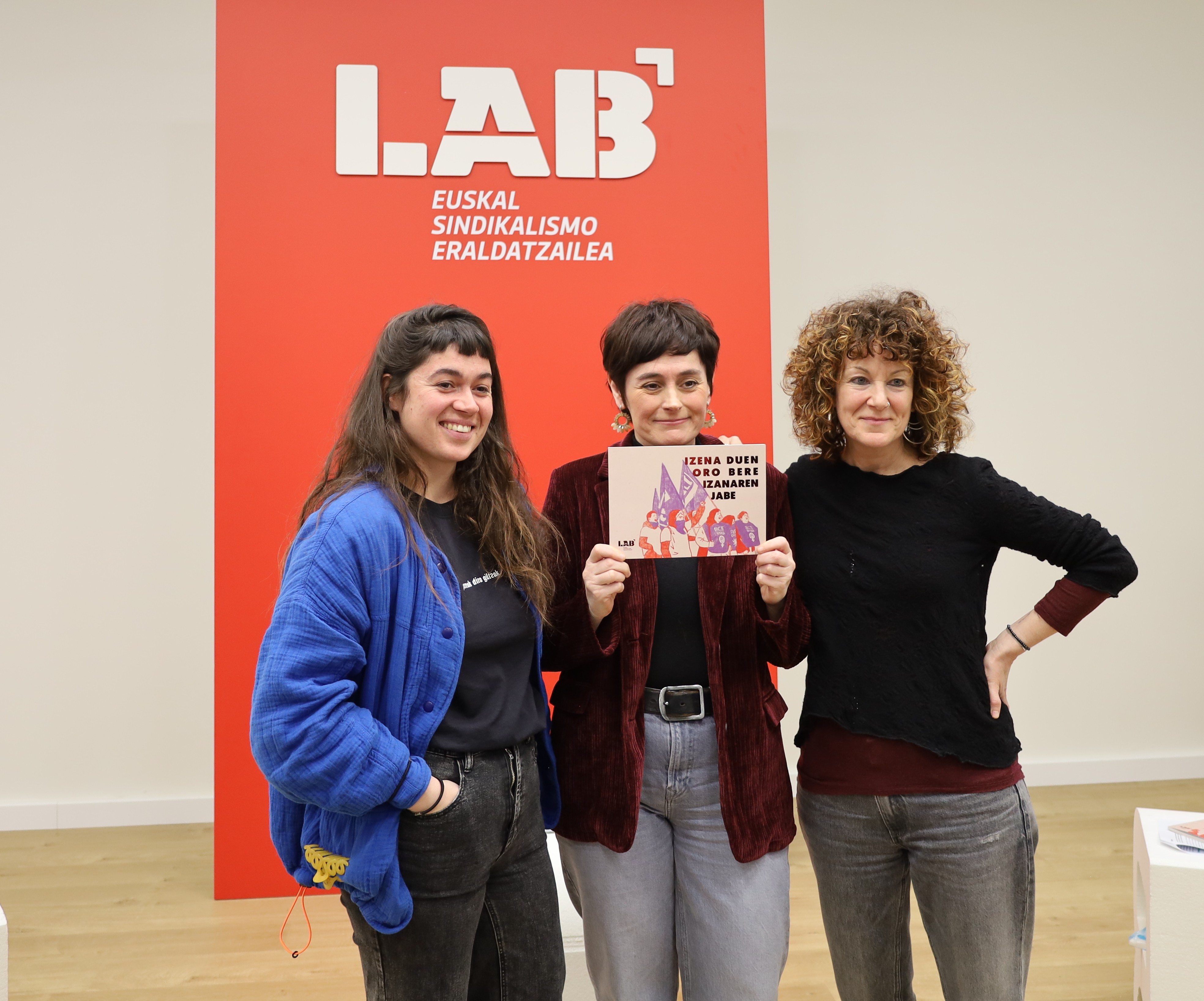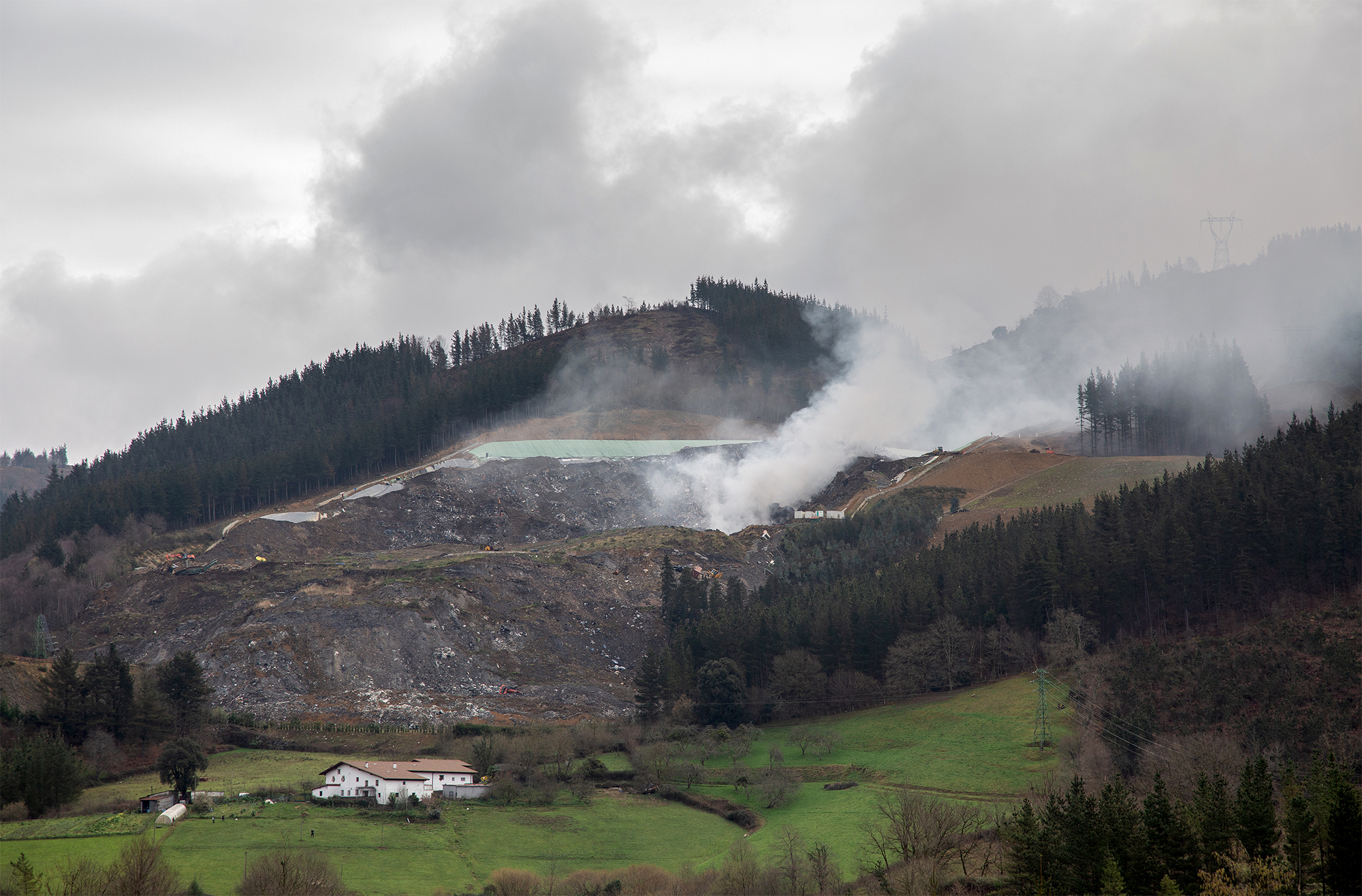Emigration is the only sure path for the Japanese
- In the last twenty years, most of the institutions in the field of nuclear energy have had the advancement of science as the main argument for the social integration of the safety and competitiveness of this type of energy. They have done a good job and since there have been no notable accidents, they have positioned themselves very well in the ranking of future energy sources. But what has happened, what is happening and what will happen in Fukushima has disrupted the communication strategy used by the world’s nuclear lobbies.
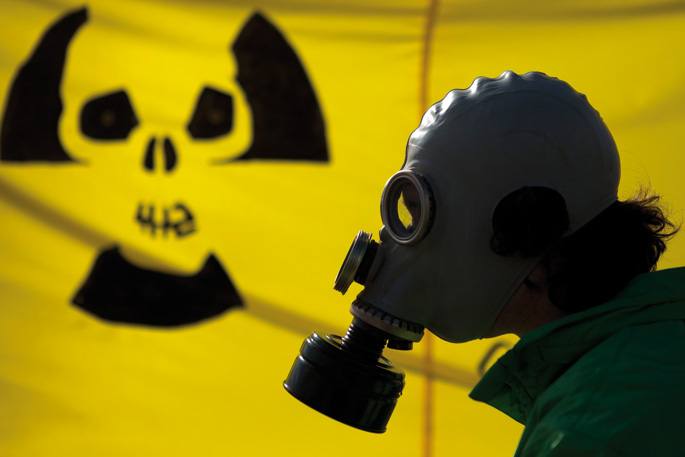
The questions that plagued society in the 70s of the last century have suddenly returned intact. Nothing seems to have changed in the last forty years, either in terms of security or in terms of technological progress. After all, the fact that little has happened in twenty years seems to be attributable to luck.
In these lines we will give very little technical data, since we believe that most of them are well hidden, in fact, our attempt is to make an analysis of what has been written and said in the three weeks since the beginning of the problems. We will approach it from the point of view that dictates the common sense, and we will be putting the point, taking advantage of the information that has previously been provided to us from the media.
We were told that as a result of the earthquake and tsunami, most nuclear power plants in the Pacific were left without refrigeration, and that a few days later there were some explosions in Fukushima, but everything was under control.
The failure of the cooling system in the Fukushima reactors caused the water that cooled the fuel to evaporate and it happened in a similar way to what would have happened to us in the domestic kitchen, that is, the pressure cooker exploded and its own diffusion throughout the kitchen; but since what is inside the nuclear reactor are water, uranium and plutonium, when the reactors exploded the steam came out, and the fuel began to release radioactivity and is constantly releasing, at least as far as I know, nuclear fission, because when the Fukushima occurs, it remains unbreakable under the conditions that occurred. So the radioactivity came out, it's coming out, and it's going to keep coming out until all the fuel runs out.
By soaking them with seawater, the reactors have managed to cool down a little.
It is true that some control of the temperature is achieved with water pumped from the sea, but this water returns, at least for the most part, to the sea, something else evaporates and what remains in the fuel tanks will oxidize the pipes and tools contained in it. Therefore, even if the emission of radioactivity into the air is reduced for a period of time, the seawater surrounding the plant is polluted earlier and the instruments present in the reactor will also be prematurely and further oxidized.
Thankfully, at least at the first moment, radioactivity made its way to the Pacific.
In the first moments the wind was blowing in the west and it is true that the radioactivity was mainly directed towards the Pacific, but a few days after the explosion the bloodstream generated in the Pacific cooled the wind from the east of Japan and returned it back to Japan, from the north in the form of snow. This snow was radioactive snow and contaminated the land of the areas where it had snowed with radioactivity. The extent of the contamination is not known, either in Japan or here.
Land within a radius of 20 km from central Fukushima was cleared, and the radius has recently been extended to 30 km, just in case.
The direction of the winds is of great importance in the spread of radioactivity and it is normal to evacuate areas within a radius of 20 km in the first moments, but as the situation will continue, this radius will gradually increase and even touching Tokyo in a few months from now would not be surprising, due to the winds and/or rains.
It is said that the workers working in the plant are kamikazes; they have found Plutonium where it was not needed, but as it is it is not dangerous for man; we are trying to control the situation, but we are still in a serious situation and it can be even more serious.
Informants talk to us about this kind of phrases every day. It is true that the workers working in the plant will die, some sooner and others later, but most of them will die from the radiation they have been exposed to.
The fact that plutonium was found in an unexpected location indicates that things were not done properly in this plant, that the control measures were sufficiently weak. Or that the material has escaped them from a place they don’t know. Whether it's dangerous or not, we don't know. To say that the situation is serious and can be further aggravated is to apply a common sense. I'm sure they're telling the truth through that phrase, but they're not telling us what could be more serious than today. I hope you know that sooner rather than later.
The real number of dead
In Japan, the death toll from the tsunami and earthquake so far has been around 30,000 according to different sources, but to this number of deaths must be added those that Fukushima will kill. This is very difficult to know because people will die within two, five or ten years and the physical and neurological consequences will be evident even in future generations. But which ones will die? In our opinion, the following would constitute the set of risks: Workers who are working in Fukushima and/or who have physical contact with them, who eat food with radioactivity, who will be exposed to radioactivity by the winds (although they live hundreds of kilometers away)...
It’s easier to answer this question. Who will survive? Those who leave Japan and migrate to another country. This is one of the few real opportunities Japan has: to emigrate.
Erradioaktibitatea naturala edota eragindakoa izan daiteke. Eskuarki, hiru eratakoa da: alfa, beta edo gamma. Lehenengo biak ez dira gai aluminiozko geruza bat zeharkatzeko. Hirugarrenak batere arazorik gabe zeharka dezake baita hormigoia ere. Beraz, erradioaktibitate kaltegarriaz hitz egiten denean, gamma izpiez ari gara nagusiki.
Erradioaktibitatea neurtzeko erabiltzen den unitatea sievert (Sv) da. Eguneko 0,00012 mSv/h baino gutxiago jasotzen duen pertsonak ez du osasun arazorik, baina hortik aurrera faktore desberdinak kontutan hartu behar dira: zenbat denbora irauten duen esposizioak; zenbat jasotzen den orduko, eguneko edota urteko; pertsona horrek zenbateko babesa duen, erradiazioa akumulatiboa baita, eta kaltea pilaketaren araberakoa baita.
Adibidez, zentral nuklearretan lan egiten duten langileek jasan dezaketen erradioaktibitate kantitateak 5 urtetan 100mSv baino txikiagoa izan behar du, urterokoa 50mSv baino handiagoa izan gabe. Martxoaren 31n, zentralean 1.000 mSv orduko erradiazioa zegoen eta inguruko itsasoan normala baino 4.000 aldiz handiagoa, eta gainera gorantz doa.
I don't want my daughter disguising herself as a Gypsy in the caldereros. I don’t want Gypsy children at my daughter’s school to dress up as Gypsies in caldereros. Because being a gypsy is not a disguise. Because being a gypsy is not a party that takes place once a year, with... [+]











